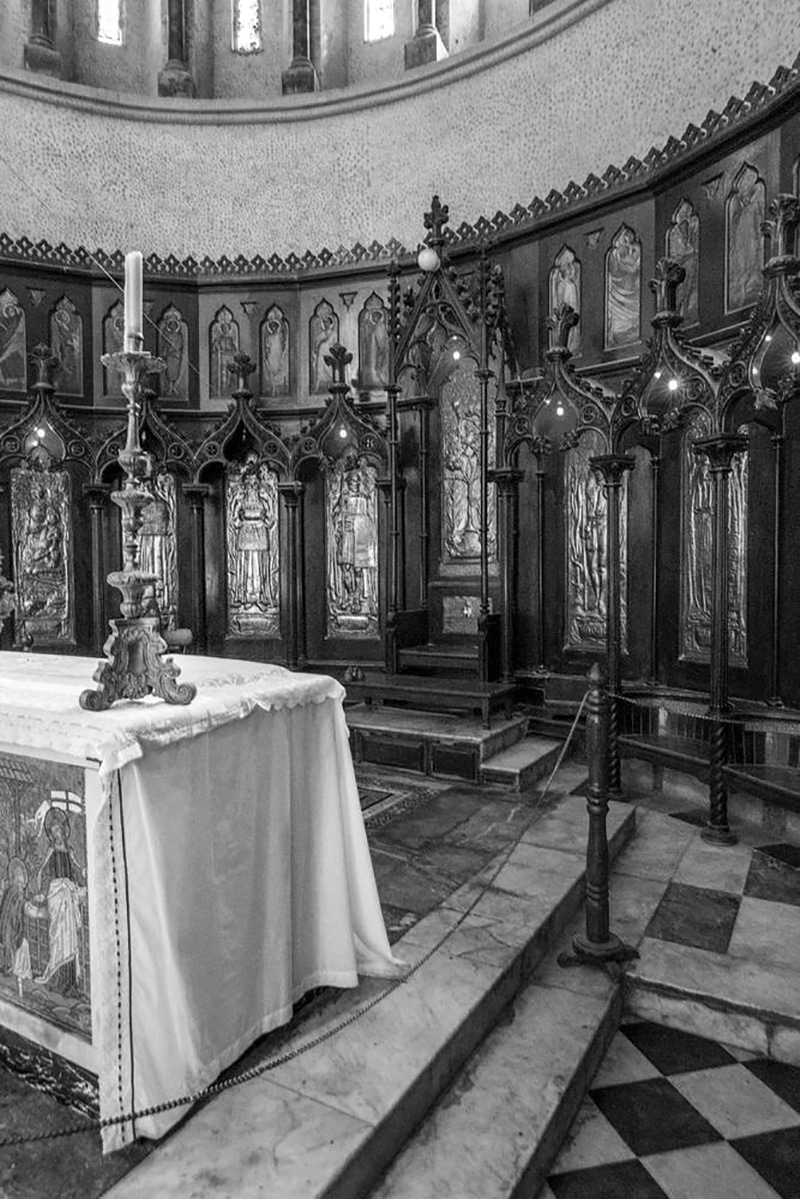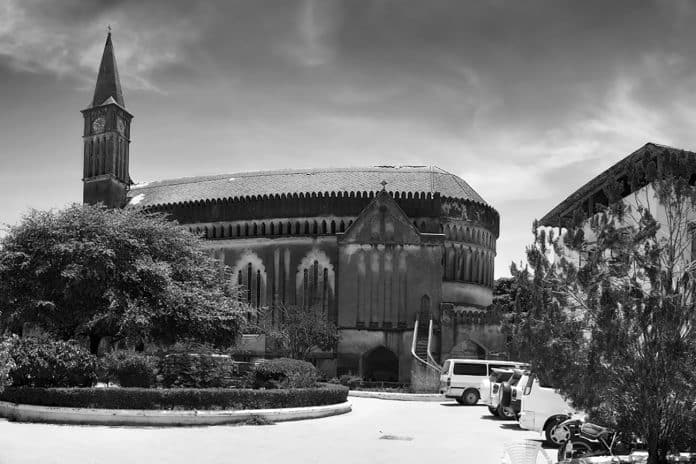Insight: Christ Church Cathedral Zanzibar and Former Slave Market Site
Background
For decades, Zanzibar has been the epicenter of East African economic and political dominance, as well as the location of the area’s most well-known slave market. The slaves seized on mainland Tanganyika were transported to Zanzibar while in chains and sold in the slave market in the city, often suffering horrendous conditions along the way. Because the island was so essential to the slave business, it was instrumental in the elimination of slavery not only in Africa but around the world. In 1873, the Sultan ordered the market to be abolished, and a cathedral for Anglicans was built on the site in 1979. As a result, the Christ Church Cathedral Zanzibar serves as a symbol of liberation from the tyranny that afflicted the entire region. It has enormous cultural, moral, and historical significance not only in East Africa but also worldwide. The Anglican cathedral is famous for its Saracenic architectural design, which combines elements from the Middle East and Zanzibar with late Victorian Crafts and Arts and Gothic ornamental themes to produce a distinctly Zanzibari eclecticism. The Christ Church Cathedral Zanzibar construction methods were technologically adventurous for the period as well, pushing the limitations of indigenous coral construction. The nave’s unusual barrel-vaulted roof of concrete, made of imported cement from Portland and crushed coral stone, was conceived and constructed before reinforced concrete was widely used. The ancient slave market is now one of Stone Town’s most famous tourist attractions, drawing over 100,000 tourists annually. In 2000, Stone Town was designated as a UNESCO World Heritage Site, and its residents’ tremendous affluence and different backgrounds resulted in the creation of a unique culture in the region.
Conservation Work at the Christ Church Cathedral Stone Town Zanzibar
In 2008, a rigorous engineering analysis of the Anglican Christ Church Cathedral Zanzibar came to the conclusion that the building was severely weakened and that improvements were required to assure its longevity. A 2012 examination discovered large fissures across the vaulted nave roof’s length and down the building’s west gable wall. The site was listed on the World Monuments Watch in 2014, and in 2013 October, WMF promised its support for an initiative that would raise awareness of the cathedral’s importance while also physically preserving it and developing education and heritage institutions nearby. Renovations began with roof stabilization in 2014 February, and by 2014 April, the majority of the external fissures had already been grouted and then covered with a new layer of plaster. The rose window, as well as the damaged parts of the outside walls, were repaired in the following months. The roof had several missing tiles at the start of the restoration, causing water to seep into the interior of the building. The faulty tiles were removed in 2014 June, and replacements were carefully chosen and fitted by early 2015. The interior work, which included paint finish, plaster restoration, electrical wire installation, and cleaning up the original floor tiles made of marble, was completed in June of 2015. The renovation of the main body of the Christ Church Cathedral Zanzibar was finished in 2015 October. With the restoration of the spire in late August 2016, the whole cathedral had been restored to high quality, exceeding the project’s initial goals.
The initiative at the historic site of the slave market featured more than just physical restoration; it also included various training opportunities aimed at strengthening the local cultural sector’s capability. In 2014 July, the Zanzibar Stone Town Heritage Society (ZSTHS) organized two conservation training sessions, during which participants learned how to restore antique doors, windows, and other items under the guidance of an experienced carpenter. 8 young people were chosen by ZSTHS, the Anglican Diocese, and the Wakf and Trust Commission, an Islamic property board, to participate in a 6-month heritage management program that began in 2015 March. A year later, the ZSTHS hosted a second conservation training program, this time focusing on Zanzibar’s masonry structures. Participants came from groups throughout the city that either manages or maintains historic properties. They received classroom training as well as hands-on practice on the outside walls of the Saint Monica’s Hostel, located near the cathedral.
A New Display Preserves the Christ Church Cathedral Zanzibar

Within St. Monica’s, the project progressed with the building of Education and Heritage Centers. The structure was built as a hospital shortly after the cathedral was finished, and it is now a monument that is listed. The Center of Heritage was constructed to house exhibitions on the rich history and cultural heritage of Zanzibar, as well as audio-visual data of local inhabitants discussing the impact of slavery in their villages. It was connected to the Education Center, which would give learning opportunities regarding the same themes.
Several of the hostel’s rooms had been maintained by 2016 February in preparation for their new purpose. The East African Slave Trade Exhibit (EASTE) was installed at St. Monica’s to mark the end of slavery at the location of the ancient slave market. On 15 June 2016, the exhibit was officially launched with a ceremony.
This initiative was created to give chances for public participation via tourism and education, which possess the potential to have a significant influence in Dar es Salaam where the tourist and service industries employ almost 70% of the population. The establishment of a cultural center on the location of the ancient Zanzibari slave market reiterated the abolitionist values and promoted variety and tolerance of the Christ Church Cathedral Zanzibar.
If you would like to find more articles about The People Republic of Zanzibar, click here!

































